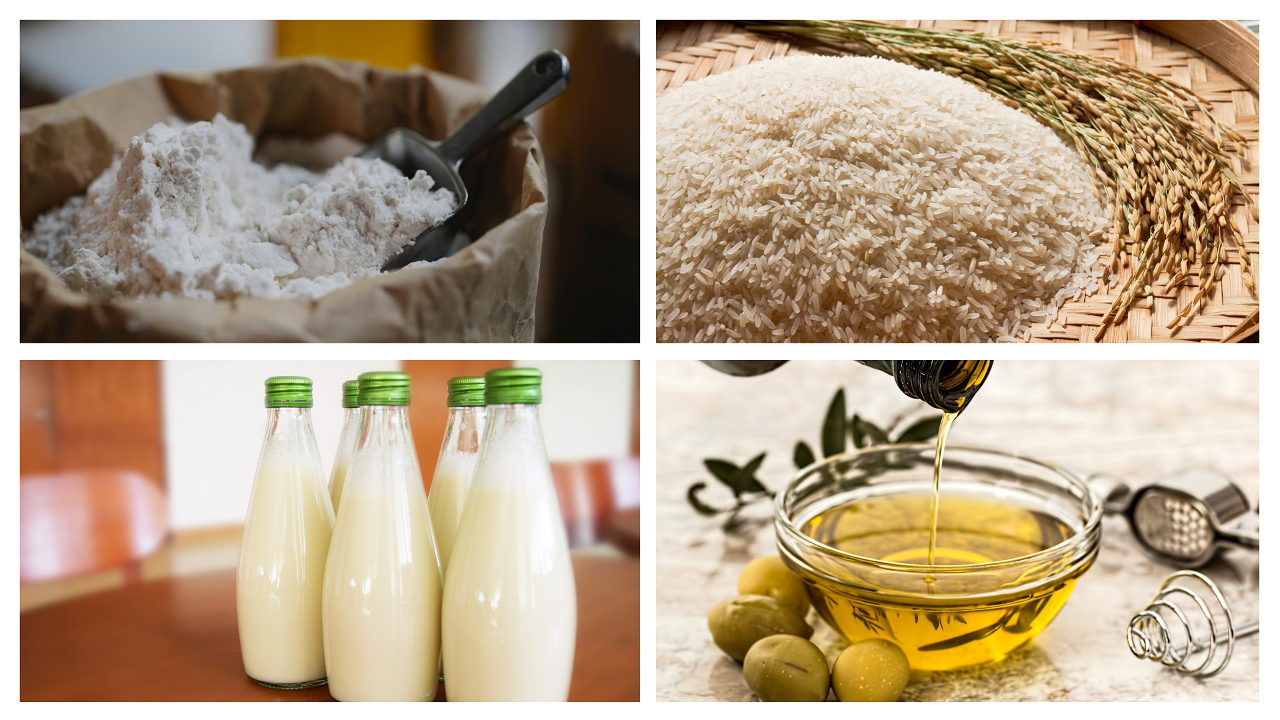
Fortification is a strategic intervention aimed at improving public health by enhancing the nutritional quality of the food supply. This practice involves deliberately increasing the content of essential micronutrients such as vitamins and minerals in foods or condiments. By doing so, fortification addresses micronutrient deficiencies in populations with minimal health risks. Additionally, fortifying foods can help restore nutrients lost during processing, ensuring a more balanced diet.
Importance and Impact of Fortification
Fortification is an evidence-based approach that helps prevent, reduce, and control micronutrient deficiencies. It can be applied broadly to the general population (mass or large-scale fortification) or targeted towards specific groups such as children, pregnant women, and beneficiaries of social protection programs. When micronutrients are added just before consumption at home, schools, or childcare facilities, it is referred to as point-of-use fortification.
Key Considerations for Fortification Policies
Effective fortification policies must align with strategies aimed at reducing diet-related noncommunicable diseases. For instance, salt iodization, while addressing iodine deficiency, must also consider sodium intake reduction strategies. According to the National Nutrition Monitoring Bureau (NNMB) survey in 2012, the average intake of cereals and millets in India was 375g/CU/day, providing over 70% of the Recommended Dietary Intake (RDI). Wheat, being a staple in many regions, is often chosen for fortification to enhance nutritional status.
Types of Food Fortification
Food fortification can also be classified based on the stage at which the fortification occurs:
Commercial and Industrial Fortification: This involves fortifying staple foods like wheat flour, cornmeal, and cooking oils during large-scale production processes to enhance their nutritional content.
Biofortification: This approach focuses on breeding crops to naturally increase their nutritional value. It encompasses conventional selective breeding methods as well as genetic engineering techniques to fortify crops with essential vitamins and minerals.
Home Fortification: An example of this method includes the use of vitamin D drops or similar products at home to fortify foods individually, ensuring adequate nutrient intake, especially in specific dietary contexts.
Wheat Flour Fortification
-
The fortification of wheat flour involves adding essential vitamins and minerals to improve its nutritional quality and prevent deficiencies.
-
The process began in the early 1900s to combat malnutrition-related diseases such as beriberi and rickets.
-
Today, refined wheat flour is fortified with thiamin (vitamin B1), riboflavin (B2), niacin (B3), folic acid (B9), and iron. This fortification aims to replace nutrients lost during milling and enhance the flour's overall nutritional profile.
-
Enriched wheat flour, commonly labeled as 'enriched all-purpose white flour,' is a staple in many diets and plays a crucial role in providing essential nutrients, particularly for children and pregnant women.
-
Fortification has been instrumental in reducing neural tube defects (NTDs) and ensuring adequate intake of vital nutrients such as folic acid, iron, and B vitamins.
-
This process supports public health by maintaining and improving the nutritional quality of the food supply, especially in populations that rely heavily on grain-based foods.
Available Brands: Aashirvaad Chakki Atta, Annapurna Super Atta, Gillco Chakki Fresh Atta, Golden and Harvest Chakki Atta
Rice Fortification
-
Fortification of rice with essential micronutrients such as vitamins and minerals is a critical strategy aimed at enhancing the nutritional value of this globally consumed staple food.
-
Industrial fortification methods involve adding a micronutrient powder to rice grains, creating a protective coating through spraying, or integrating fortified rice-like structures with natural polished rice.
-
These methods enable the enhancement of rice with key nutrients like iron, folic acid, vitamin A, and B-complex vitamins.
-
The World Health Organization (WHO) recommends fortifying rice with iron to combat iron deficiencies prevalent in populations reliant on rice as a staple.
-
Similarly, fortification with vitamin A and folic acid is advocated to address deficiencies and improve overall nutritional status, particularly in regions where rice forms a substantial part of daily diets.
Available Brands: Asbah - Silver, Daawat Sehat Mogra and Sri Lohitha
Double Fortified Salt (DFS)
-
Salt is consumed daily and almost universally, making it an ideal vehicle for delivering essential micronutrients.
-
Salt fortification, specifically with iodine and iron, is an innovative approach to addressing micronutrient deficiencies.
-
Double Fortified Salt (DFS) aims to meet 100% of the daily iodine requirement and 30-60% of the daily iron requirement.
-
The National Institute of Nutrition (NIN) in India has pioneered DFS development and supports its quality control.
-
Addressing iodine deficiency disorders (IDD) and iron deficiency through DFS can significantly improve health outcomes, including reducing goitre, anemia, and other related conditions.
Available Brands: Ankur, Health, Io-Max, Jagannath Refined, ODI-FOOD, Patanjali, Salt, Sungold Plus, TATA Salt Plus and TNSC Amma Salt
Edible Oil Fortification
-
Fortifying edible oils with vitamins A and D is crucial in India due to widespread deficiencies.
-
With high oil consumption in India, fortified oils can provide 25-30% of the recommended dietary allowances for vitamins A and D, benefiting a large segment of the population.
-
Adequate intake of vitamins A and D helps reduce the risk of chronic illnesses, including cancers, autoimmune diseases, and cardiovascular conditions.
-
Fortifying oil is a cost-effective method to address widespread micronutrient deficiencies, contributing to overall public health improvement.
Available Brands: Adani Wilmar - Fortune, Anupam Gold Oil, Avi Oil, Bulbul Oil, Cargill Refined Oil, Emami Oil, Freedom Oil, Goldivia Oil, Gold Winner Oil, Gopal etc.
Milk Fortification
-
Milk, a rich source of high-quality protein, calcium, and vitamins A and D, often loses these vitamins during fat removal in processing.
-
Fortifying milk with these vitamins is essential to address widespread deficiencies, particularly in urban populations with limited sunlight exposure ensuring that milk retains its nutritional value.
-
Addressing deficiencies in vitamins A and D through fortified milk can significantly improve public health outcomes, especially for young children and adults.
Available Brands: Aanchal, Britannia, Creamline Jersey, DevBhog, Dreamery Tetra Pack, G-fresh, Krushna, Kwality, Mahanand, Maahi etc.
















